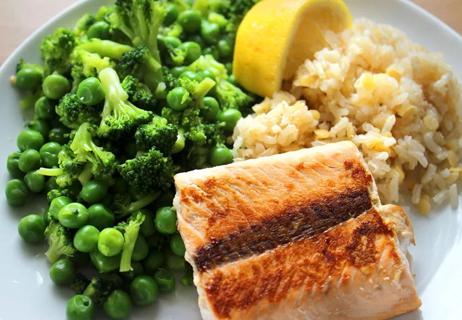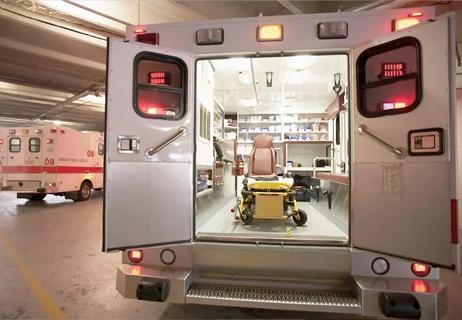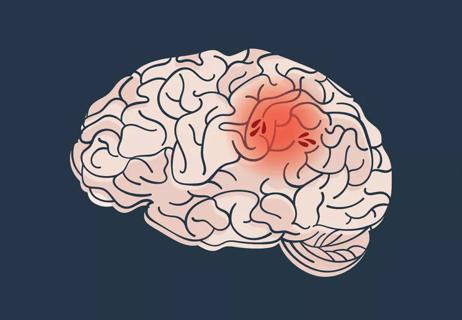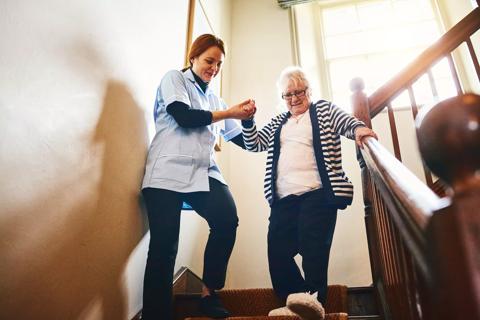First study of deep brain stimulation in stroke survivors
Can sending electrical impulses deep within the brain help partially paralyzed stroke survivors move again?
Advertisement
Cleveland Clinic is a non-profit academic medical center. Advertising on our site helps support our mission. We do not endorse non-Cleveland Clinic products or services. Policy
That’s a question Cleveland Clinic researchers hope to answer in a pioneering study funded by the National Institutes of Health.
“Despite advances in preserving brain tissue in acute stroke, hundreds of thousands of stroke patients wind up permanently disabled in the United States alone,” says neurosurgeon Andre Machado, MD, PhD, who is leading the study.
“This is the first study to use deep brain stimulation to try to recover lost motor function on the paralyzed side of a stroke survivor’s body.” The work builds upon 10 years of laboratory research done in partnership with Dr. Kenneth Baker, a neuroscientist at Cleveland Clinic.
The first study participant underwent surgery for deep brain stimulation at Cleveland Clinic on Dec. 19, 2016.
Stroke survivors rely mainly on physical and occupational therapy, which bring some recovery to most patients. But about half the survivors are so disabled that they need help from a family member or caregiver to perform daily activities.
In deep brain stimulation (DBS), neurosurgeons first place electrode leads into precisely targeted regions of the brain.
Next, they implant a pacemaker-like pulse generator, or battery, in the chest and tunnel a wire beneath the skin, connecting it to the brain electrode.
Advertisement
The brain electrode delivers tiny electrical pulses to a specific area of the brain, changing the activity of a network of brain cells. “When we use DBS for a movement disorder like Parkinson’s, we change neuronal activity to suppress symptoms such as tremor and rigidity,” Dr. Machado says.
In the new study, investigators are not trying to suppress a symptom like tremor. Rather, they are trying to enhance the recovery of a function — movement — that has been lost as a consequence of the stroke.
The NIH’s Brain Research through Advancing Innovative Neurotechnologies (BRAIN) initiative awarded nearly $5 million in funding for this study. Cleveland Clinic is enrolling patients who have had a specific type of stroke (middle cerebral artery) 12 to 24 months ago and have severe weakness on one side despite physical therapy.
The cerebral cortex, the brain’s outer layer, works with the cerebellum, in the back of the brain, to control movement. Strokes involving the middle cerebral artery (a main artery of the brain) are common and result in damage to the area of the cerebral cortex that controls movement on the opposite side of the body.
“Applying DBS to the pathway between the cerebellum and cerebral cortex in combination with physical therapy might help the brain form new connections around the damaged area,” Dr. Machado says. “Patients could recover motor function beyond what they would with physical therapy alone.”
The first stroke patient in the DBS study will have her device programmed in March 2017. Improvement could occur within several weeks.
“We need more and better options to help the many patients who remain chronically disabled after a stroke,” Dr. Machado says. “The opportunity here is to explore a new avenue that can augment the recovery patients experience from physical therapy over the long term.”
Over the next four to five years, the study team hopes to determine:
“The research that led to this study was all done at Cleveland Clinic and is a testament to our collaborative model. We are working across several areas of medicine and science to make this possible,” Dr. Machado says. “This work could significantly advance the field of stroke rehabilitation and eventually allow us treat even more brain diseases with DBS.”
Advertisement
Learn more about our editorial process.
Advertisement

Your age, the type of stroke you had, the cause and the location can all impact your recovery

It can be overwhelming, but habit changes help lower your risk of another stroke

The short answer from a cerebrovascular expert

Act fast: Your risk for recurrent stroke is highest just after your first stroke

These ‘no-calorie’ drinks are linked to poor health

A good support system can help ease your transition

Lorem ipsum dolor sit amet. Et odio Quis vel ipsam omnis eum alias deleniti et placeat impedit non voluptas galisum hic autem enim et cupiditate aliquid. Est beatae quidem non facilis autem ut commodi nisi aut tempore rerum et dolores voluptatem cum enim optio id sapiente quasi. Ad laboriosam officiis 33 cupiditate sequi ea voluptatum consectetur qui necessitatibus voluptate et quasi doloremque et facere explicabo quo explicabo officia

You can counter the risk of prediabetes-related heart attack or stroke by eating more fruits, vegetables and whole grains, as well as exercising regularly

Type 2 diabetes isn’t inevitable with these dietary changes

Applying a hot or cold compress can help with pain